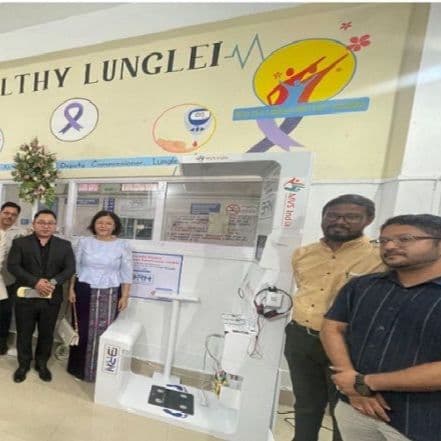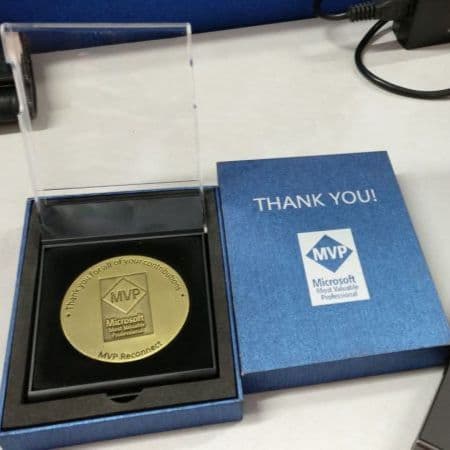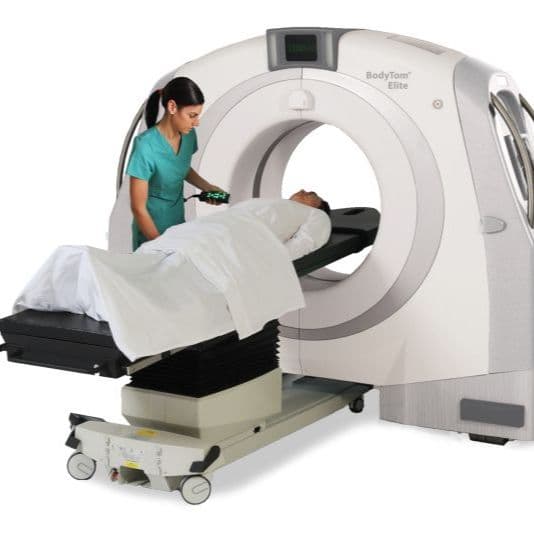
“My wife hates smartwatches.”
She once told me, “I don’t want to be buzzed at every heartbeat.” That single sentence has lived in my head ever since.
And if you’ve ever tried a smartwatch, you probably know why. They track your steps, alert you about your heart rate, remind you to breathe, and ping you every time someone sends a message. The irony is that devices meant to make us more aware often leave us more anxious. In an industry where technology is supposed to support well-being, this is a paradox worth examining.
As someone working in the health tech industry, I’ve seen how easy it is for companies to focus on building more features instead of asking the real question: Are these features genuinely improving patient care or just creating digital noise?
The Evolution of Health Wearables
Over the past decade, wearable technology has gone from step counters to advanced devices promising to be your personal doctor on the wrist. Smartwatches have been ruling the consumer market: they literally bombard users with notifications and measures of all kinds. But in life and death professions such as healthcare systems, the goal is never to dazzle somebody with information; it should, instead, add clarity and provide actionable information.
That’s why the rise of health-focused rings has caught my attention. Products like the Oura Ring and the Evie Ring represent a shift in how the health tech industry is rethinking patient tracking.
Unlike smartwatches, these rings don’t try to do everything. They don’t overwhelm with vanity metrics or daily nudges. Instead, they focus on signals that matter: stress levels, sleep quality, early signs of burnout, and accurate health indicators. Some even have the humility to admit when the data isn’t enough and recommend a doctor’s visit instead of guessing.
This might sound simple, but in healthcare, simplicity can be revolutionary.
Why Simplicity Matters in Health Tech
Healthcare providers and leaders know the cost of complexity. When technology creates more alerts than answers, the results can be dangerous:
- For clinicians: Alert fatigue is real. Too many signals without context can lead to missed critical events.
- For patients: Continuous pings erode trust and create dependency without delivering meaningful improvement in care.
- For organizations: Every unnecessary feature adds to development, integration, and training costs without proportional ROI.
Simpler solutions, like health rings, cut through the noise. It offers less but clearer signals for patients to be proactive without being overwhelmed with data. This precision not only improves the patient outcome but lessens the burden on the healthcare system by emphasizing early detection and timely intervention.
The ROI of Smarter Patient Tracking
For decision-makers in the health tech industry, the takeaway is clear: more features don’t always translate to more value. What matters is measurable impact.
Consider the ROI from simplified wearables:
- Improved Patient Care: Focused metrics improve compliance, patient trust, and long-term engagement.
- Reduced Operational Costs: Less noise means fewer false alarms, reducing strain on providers and IT infrastructure.
- Early Intervention: Rings that detect stress or burnout early can prevent escalations, reducing costly hospitalizations.
- Data Integrity: Clean, contextual health data is far more valuable than streams of fragmented vanity metrics.
By prioritizing clarity over complexity, organizations can strengthen their reputation, streamline workflows, and deliver better patient outcomes all of which drive tangible returns.
What This Means for the Future of Health Tech
We’re entering a new phase where patients, clinicians, and industry leaders alike are rethinking what they want from technology. In a world full of over-complicated devices, healthcare needs tools that are simpler but provide more useful insights.
Whether Oura and Evie rings are just a consumer trend or not, they show the direction healthcare innovation is heading. These tools give patients useful insights, help providers make informed decisions, and allow healthcare organizations to see real returns on their technology investments.
In a world full of gadgets that try to do everything, it’s refreshing to see devices that focus only on what really matters. For health tech leaders, the real opportunity isn’t in making ‘smarter’ devices, but in creating tools that make life easier, clearer, and better for both patients and healthcare providers.
As a healthcare leader, are you investing in technologies that genuinely simplify patient tracking and care or ones that only make the system busier?

How Health ATMs Are Improving Diagnostic Access in Mizoram

How I Built a Purpose-Led Career Without Chasing Certificates

Why I Entered Healthtech Against All Odds: Building in Healthtech
